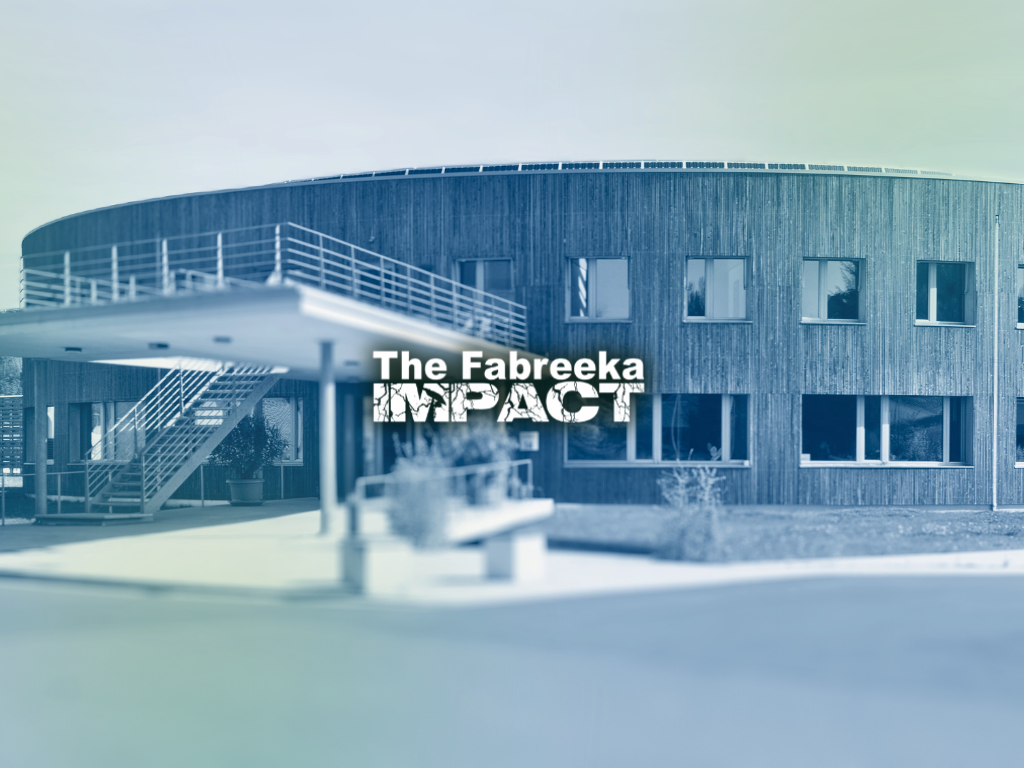

5 Myths About Fabreeka Thermal Breaks (and the Reality Behind Each One)
Although Fabreeka has been manufacturing thermal breaks for many years, we have only recently seen a massive uptick of interest in these thermal break products. We think the surge is being driven by a couple of factors. First, more and more builders are paying attention to green practices and energy savings. And second, an increasing number of cities are mandating eco-friendly practices for all new constructions.
Either way, builders are starting to look more carefully at their options for thermal breaks, which help to decrease heat transfer in places (like steel beam connections) insulation can’t reach. In addition to the expected questions our team has been fielding, we have noticed there are a few myths and misconceptions that keep coming up, as well.
In today’s post we want to break a few of the most prevalent ones. So, here are five myths about Fabreeka thermal breaks, along with the reality behind each one.
Myth #1: Thermal Breaks Can Make a Building Weaker
Thankfully, this idea isn’t very widespread. Still, it’s worth addressing at the outset. Installing a thermal break in a high-stress area won’t harm the stability of your construction. If anything, it can help to make your building stronger.
The reason is pretty simple. In addition to lessening heat transfer between metal beams, for instance, a good thermal break will also reduce condensation. By lowering the risk of corrosion, the right product can enhance the durability of the internal supports over time.
Myth #2: You Only Need Thermal Break Products in Ultra-Cold Climates
Thermal breaks can be most beneficial in extreme climates for obvious reasons. The colder it is outside, the more desire to keep ambient temperatures away from the interior of the building. However, most parts of the world experience different seasonal temperatures, not to mention differences in moisture.
To put this differently, thermal breaks can be beneficial in any environment where temperatures need to be controlled. That includes locales with more moderate climates, as well as applications (industrial buildings, for example) where heat and cold need to be maintained.
Myth #3: Only Huge Construction Projects Call for Thermal Breaks
It’s true that some cities only require thermal breaks to be installed in buildings of a certain size. However, they can be used anywhere that heat exchange or energy costs can be a concern.
We have seen a recent trend toward smaller constructions utilizing thermal breaks. In some cases, even single-family residential homes have been incorporating them. After all, smaller buildings require less costly applications, and the proportional energy bill savings are just as significant.
Additionally, a growing number of passive homes, which require no (or minimal) energy input, can also take advantage of high-quality thermal breaks to increase their efficiency. These structures are gaining popularity because they allow residents to decrease energy bills while also lowering their eco footprint at the same time.
Myth #4: They Cost Too Much
Since we have touched on this briefly already, let’s get into the monetary side of things. A building that incorporates thermal breaks will have a higher construction cost than one that doesn’t. However, those expenses tend to be less than builders expect. And of course, the savings can continue for decades in the future.
Even at current rates the efficiency offered by a thermal break can allow it to pay for itself in a relatively short amount of time. On top of that, most projections are that energy will only become a bigger cost consideration in the coming decades. Accordingly, a small upfront investment in a thermal break can offer big savings in coming years.
Myth #5: All Thermal Breaks Are the Same
At this point it’s probably clear to you why you would want to incorporate a thermal break into your building plans (or why local building codes specify you need to use one). The only question left is which one to choose.
There is no single perfect thermal break for every construction project. Getting the right solution is all about understanding the environment, the technical specifications that are called for, and even the budget and lifetime of the project… not to mention any building codes that might be relevant.
At Fabreeka, we are the industry leaders in this field with several products that can be applied to different construction needs and environments. Our thermal breaks aren’t just made from the best materials, they also offer the highest technical specifications. So, whether you’re looking for durability or strict compliance with building regulations, we can help.
Want Help Choosing the Right Thermal Break?
Understanding different types of thermal breaks can be overwhelming, especially if you don’t have a technical background. Luckily, you don’t have to sift through all of the choices on your own.
If you want to be sure you get the durable and functional product you need for your builds, talk to a member of our expert sales team today. We will be happy to review your plans or blueprints, walk you through choices, and ensure you’re getting the right solution for your project.

